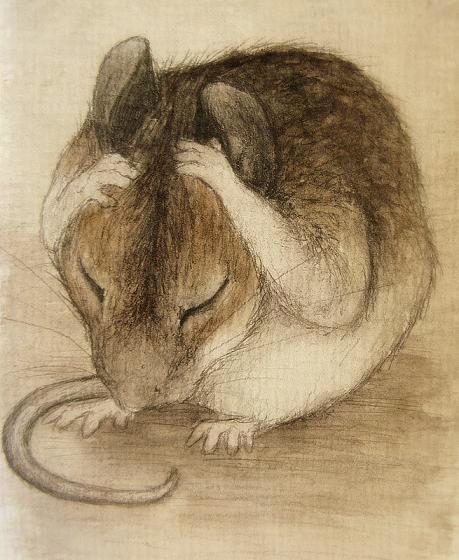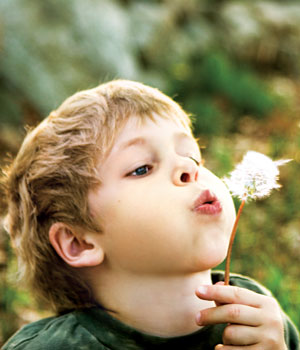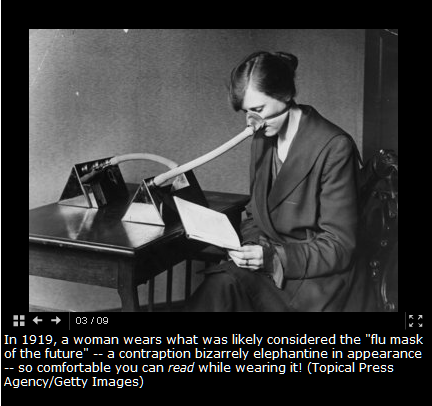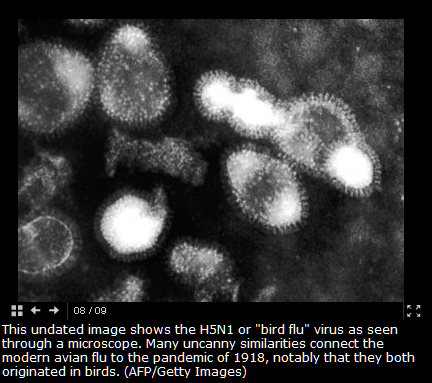Acupuncture and Chinese Medicine Very Effective for Migraine Sufferers
 Sunday, October 5, 2014 at 6:26PM
Sunday, October 5, 2014 at 6:26PM Frequently acupuncturists are called upon to address the unpleasant group of syndromes known, collectively, as vascular headaches. These frequently include migraine headaches and cluster headaches, but may include other types such ashemiplegic migraines, ophthalmoplegic headaches, basillary artery migraines, benign exertional headaches, status migrainosus, and even 'headache-free' migraines. Regardless of the subcategory, all of these types of pain usually respond extremely well to acupuncture and Chinese medicine and we see a lot of patients at the Northside Holistic Center who come specifically for these types of ailment.
There are two basic strategies that are employed: if a client is acutely suffering from a migraine at the time of their appointment, we work to eliminate the pain at that time. However the most important means of using acupuncture and herbal therapy is to break the cycle of heachaches. An acupuncturist will evaluate the patient and using the diagnostic tools honed over thousands of years, establish a treatment plan which will work to modify the patient's system in such a way that migraines become gradually much less likely to plague that individual. Usually we can help the client's see an almost complete cessation of headaches over the course of treatment.

Research and other articles about Migraines and Acupuncture:
- An Italian anesthesiology journal published a research study evaluating acupuncture treatment for the headache sufferers vs. a commonly used drug for migraines and found that the acupuncture group did much better when they were re-examined after six months. The scientists concluded,
our data show a lower pain intensity and lower Rizatriptan intake at six-months follow-up with no adverse events in acupuncture patients compared to those treated with valproic acid.
- A new study reveals the degree to which acupoints must be extremely accurately located – that the point specificity makes a dramatic difference in physiological effect upon the body and the brain. The researchers looked at the acupuncture treatment of migraines and the specific changes which occur within the brain. The article can be read about here.
New MRI research demonstrates that acupuncture “induce(s) different cerebral glucose metabolism changes in pain-related brain regions and reduce(s) intensity of pain” for patients with migraines. In this randomized-controlled study using PET-CT neuroimaging (positron emission tomography - computed tomography), acupuncture was shown to be effective for migraine pain reduction and acupuncture raised glycometabolism in the middle temporal cortex, orbital front cortex, middle frontal gyrus, angular gyrus, post cingulate cortex, the precuneus and the middle cingulate cortex. Acupuncture simultaneously lowered glycometabolism in the parahippocampus, hippocampus, fusiform, postcentral gyrus, and the cerebellum in migraine patients. The study also showed that the choice of acupuncture points used determined the changes in brain glycometabolism. The researchers note that this measurable phenomenon indicates acupuncture point specificity; specific acupuncture points have specific effects.
- Published in the journal, Pain, comes an research study which compares a commonly used drug for migraine headaches against acupuncture, with acupuncture handily beating the drug in effectiveness. You can read about the study here. The researchers found that,
... acupuncture is as good as the drug flunarizine at reducing pain and improving quality of life for migraineurs, and more effective than the drug at decreasing the number days on which patients experience migraine attacks.
- From WebMD.com, an overview of treatment options using acupuncture as a prime means of addressing both the pain itself, as well as the propensity many people have towards having such headaches: webmd.com/
- From Medical News Today, a review of two studies which have systematically found substantial benefit treating migraines with acupuncture: medicalnewstoday.com/
- A New York Times article summarized studies, including an NIH consensus, on acupuncture and migraines, finishing the article by saying,
People who get acupuncture prefer it to medication, because of the potential side effects of drugs,” said Dr. Tong J. Gan, a co-author of the review and a professor of anesthesiology at Duke. “This is an alternative treatment that is starting to move into the mainstream.
- From Acupuncture Today, a report of a large Italian study finding that acupuncture was not only extremely effective in treating vascular headaches, but was also markedly more cost effective than pharmaceutical methods: acupuncturetoday.com/
From a 2009 Medscape article, (Full article here: http://www.medscape.com)
Acupuncture is at least as effective as prophylactic drugs for migraine and may also benefit some patients with frequent tension-type headache, 2 large reviews conclude.
From the British Medical Journal study evaluating not only the effectiveness of acupuncture and herbs for migraines but also how well using acupuncture reduced the number of days absent from work. The conclusion states, "Acupuncture leads to persisting, clinically relevant benefits for primary care patients with chronic headache, particularly migraine. Expansion of NHS acupuncture services should be considered." Full article here: bmj.com
From the journal, Headache, a small and interesting study of acupuncture and headaches at, interscience.wiley.com
 Chinese herbology,
Chinese herbology,  Cluster Headache,
Cluster Headache,  Headache,
Headache,  Migraine,
Migraine,  acupuncture,
acupuncture,  herbs,
herbs,  vascular headache in
vascular headache in  Disorders
Disorders 

